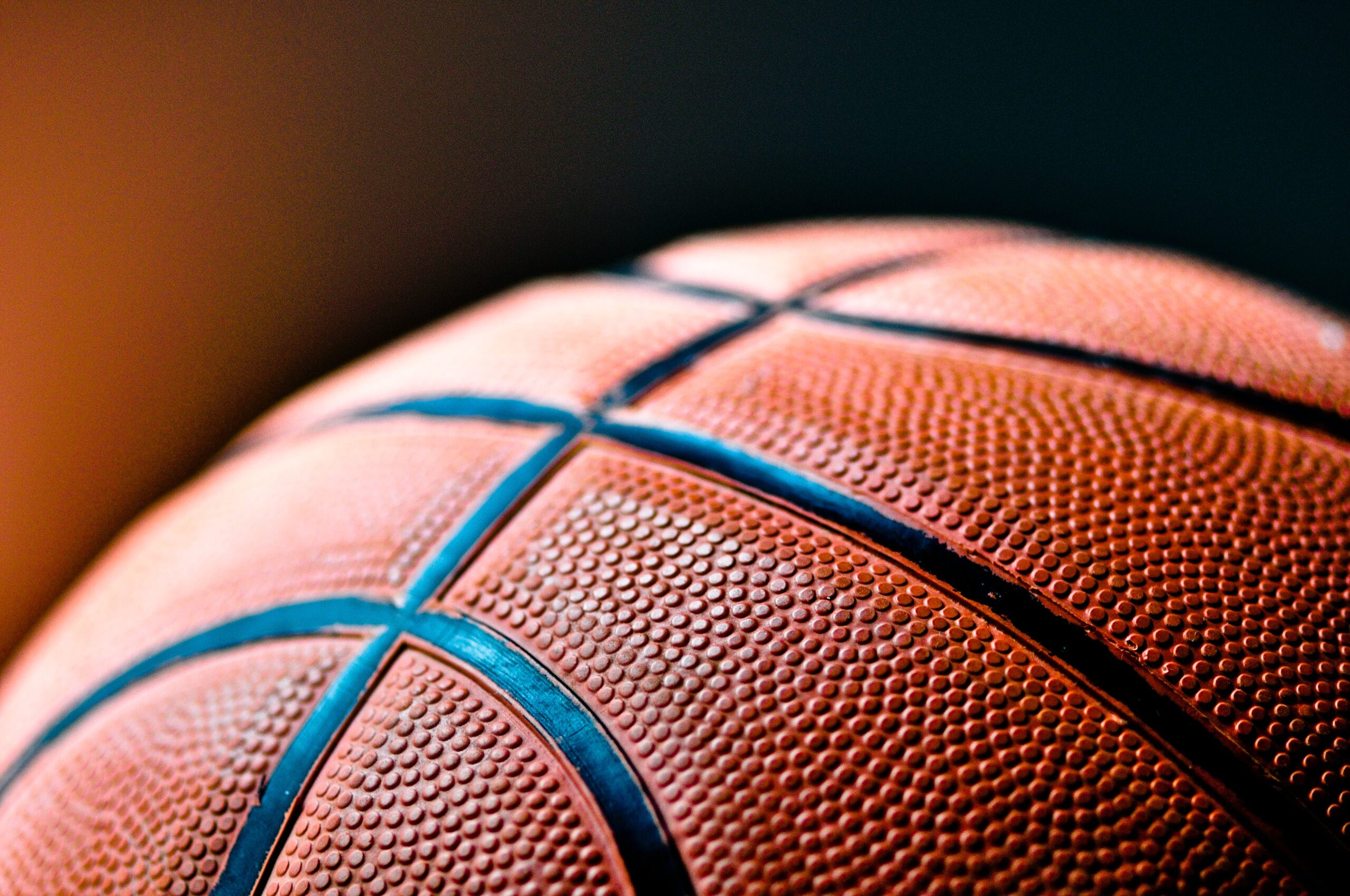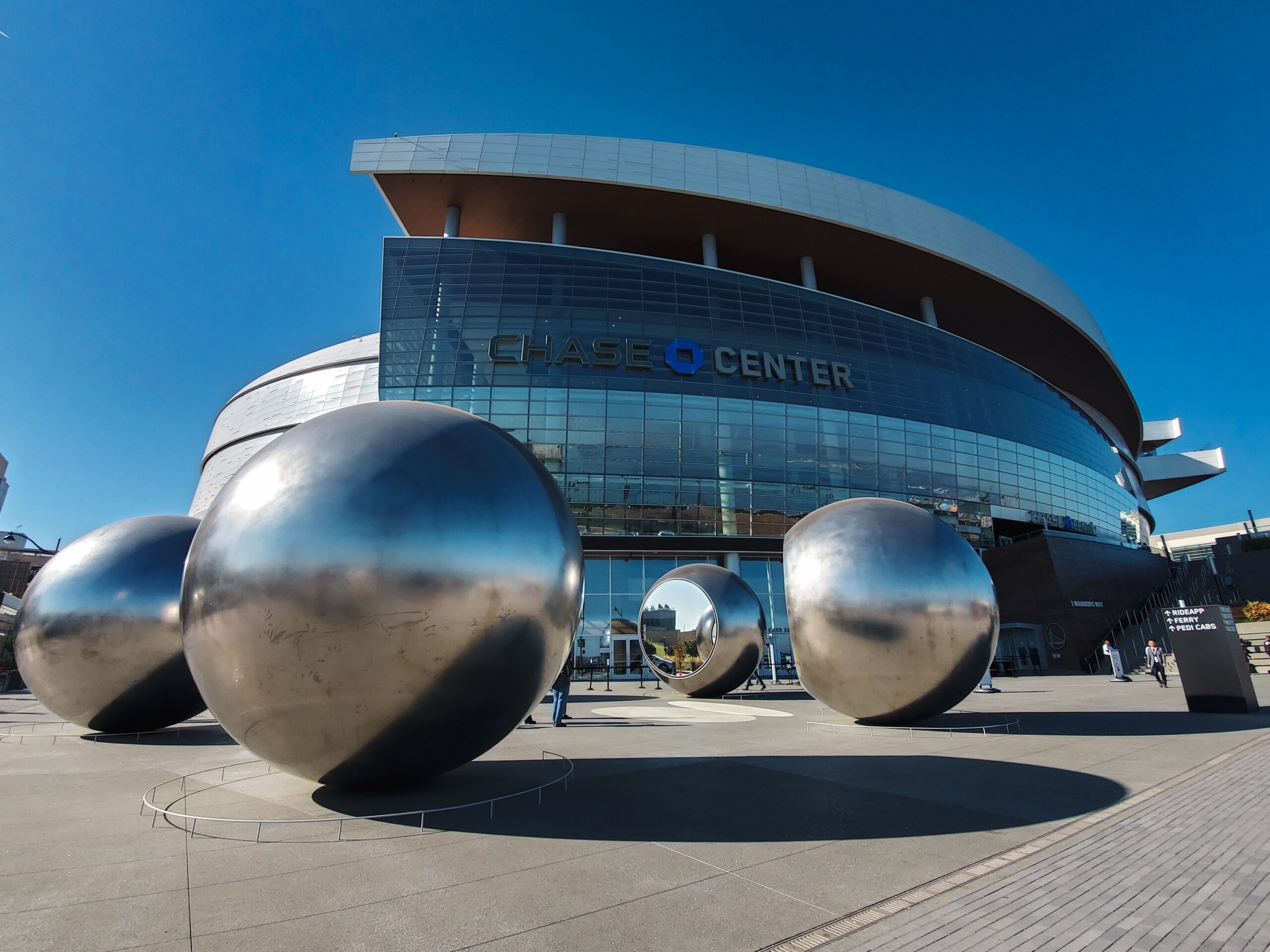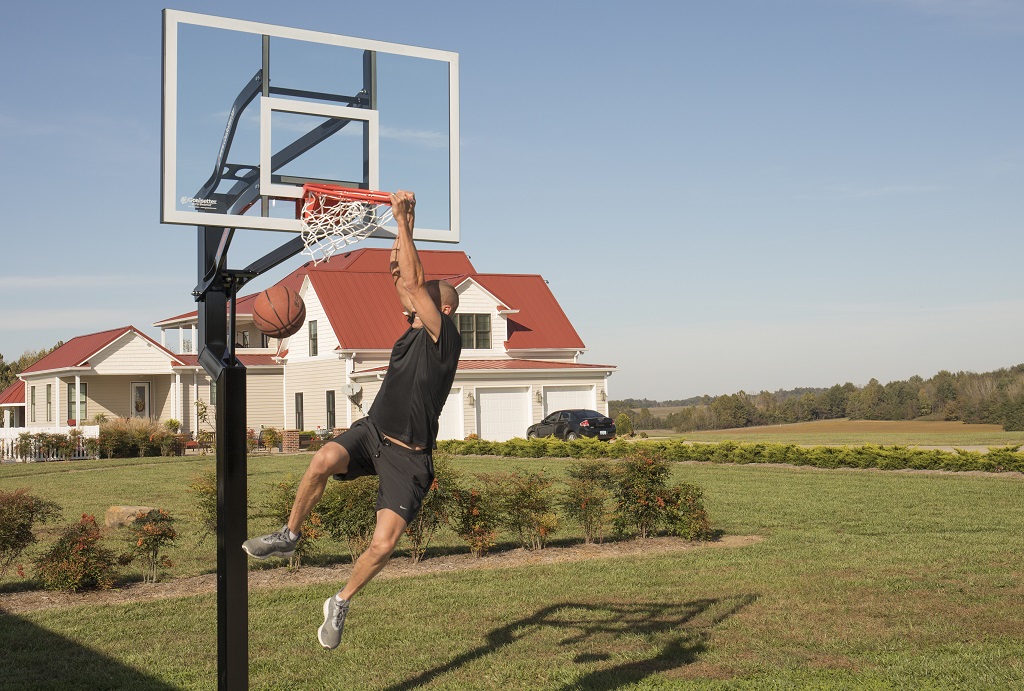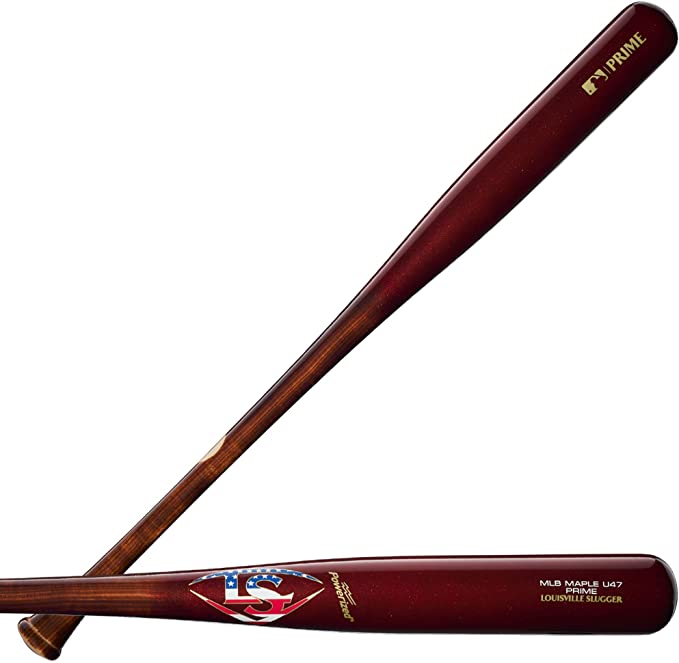Plantar fasciitis and Jones fracture are among the different foot injuries basketball players experience on- and off-court, resulting in bad feet. These incidents can happen because of various reasons, including wrong foot placement and excessive joint use.
Foot injuries, and other lower-body concerns, come from a lack of knowledge and guidance in sports medicine. Albeit some cases are accidents, it’s still possible to prevent these injuries by feeding the mind with the right subject matters.
In this article, we’ll tackle the common foot injuries in basketball and the methods on how to prevent them from surfacing or aggravating. Continue reading, and you’ll also encounter other pieces of information regarding why basketball players have bad feet.
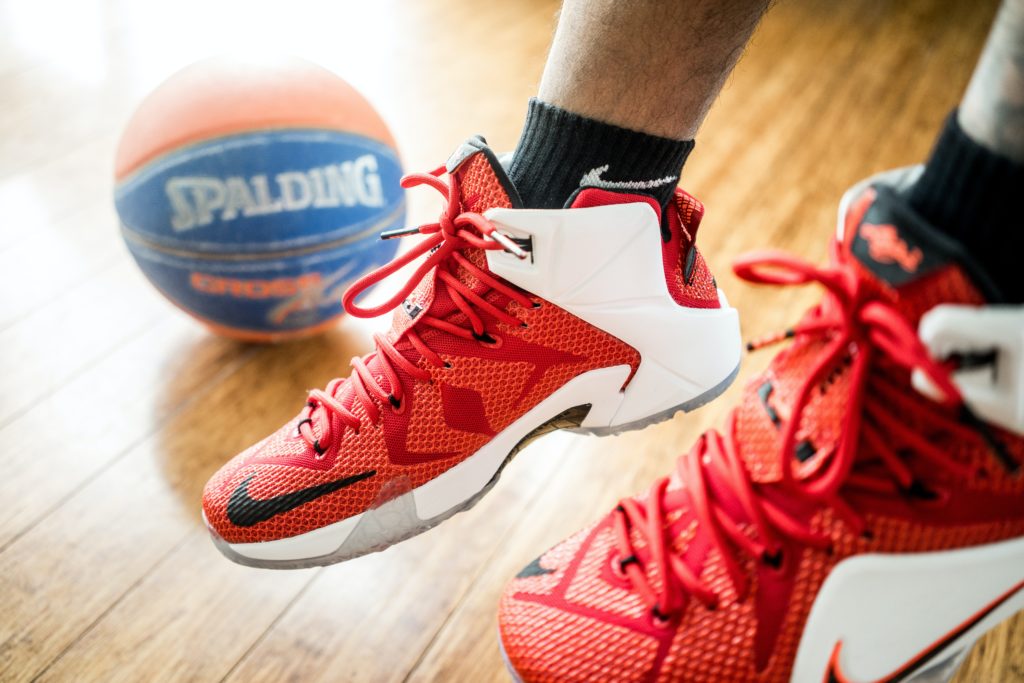
Plantar Fasciitis
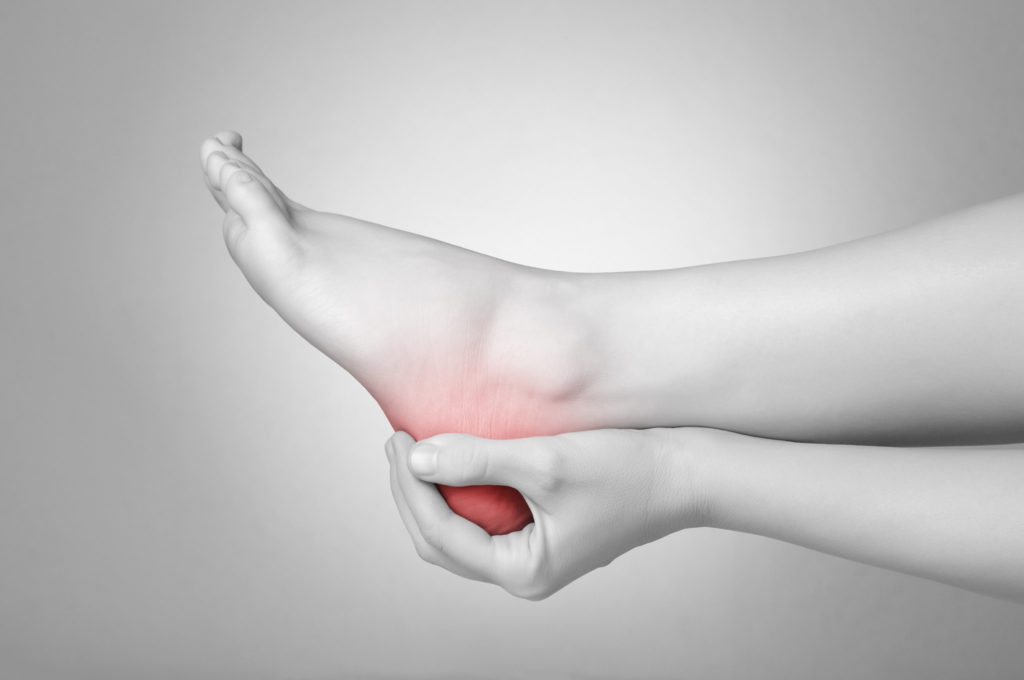
Plantar fasciitis is one of the most common causes of mild to severe foot injuries in athletes, particularly for basketball players.
This issue involves inflammation of the thick tissue in the heel. In particular, the inflamed area is the plantar fascia, the area across the bottom of the foot that connects the toes to the heel bone. Basketball players know when their feet are developing or have developed plantar fasciitis if a stabbing pain occurs in or near the heel area. Further, this pain usually occurs after resting.
Pain in the plantar fascia may develop or worsen for different reasons. However, certain factors may increase the risks of developing this condition, including:
- Age
- Repetitive stress to the heel
- Improper practice of foot mechanics
- Obesity
- Standing for extended periods
Basketball players who ignore plantar fasciitis may be at a high risk of developing chronic heel pain. Failure to quickly seek medical attention may result in poor performance before, during, and after basketball sessions.
Jones Fracture
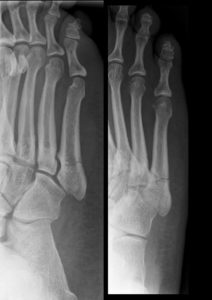
Another common foot injury experienced by many basketball players is the Jones fracture. This injury occurs at the area between the foot’s fifth metatarsal’s base and shaft, along with the long bone running from the smallest toe to the ankle. Another name for this area is the metaphyseal-diaphyseal junction.
Basketball athletes tend to develop this injury because of continuous stress to the bone. However, some individuals may also experience Jones fractures from sudden acute injuries to their metaphyseal-diaphyseal junctions.
A Jones fracture tends to have similar symptoms with other comparable injuries. Some of these signs may include:
- Bruises
- Difficulty walking, running, or standing
- Pain and swelling on or near the base of the little toe
People, especially basketball players, should see a doctor if they suspect the pain near their little toe to be a Jones fracture. If the symptoms aggravate, it might become more difficult than intended to heal the problematic area.
Ankle Sprains

As the name implies, these injuries generally focus on ankles. However, many people, including basketball players, tend to experience ankle sprains when the foot twists forcefully.
One example is when a basketball athlete experiences an ankle sprain is when he makes a mistake in landing from a jump shot. If the player doesn’t land with his foot flat on the ground and instead uses the sides of the feet to cushion the impact of the fall, the ankle might twist in an awkward position. In turn, this event may lead to pain, swelling, and poor performance in the court if he still wishes to continue playing.
Individuals experiencing mild ankle sprains may apply quick treatments like:
- Non-steroidal anti-inflammatory drugs (NSAIDs)
- Ice
- Compression
- Rest
- Elevation
However, it’s still important to seek medical attention if the pain from the sprain becomes unbearable.
How to Prevent Bad Feet in Basketball?
According to the Dutch philosopher Desiderius Erasmus,
“Prevention is better than cure.”
Thus, it’s best to practice preventive measures for basketball players to ensure that they won’t put their athletic performances at risk because of foot injuries. Thankfully, different preventive procedures exist to help reduce the likelihood of foot injuries in basketball games.
Some of these preventive actions are:
Proper Form
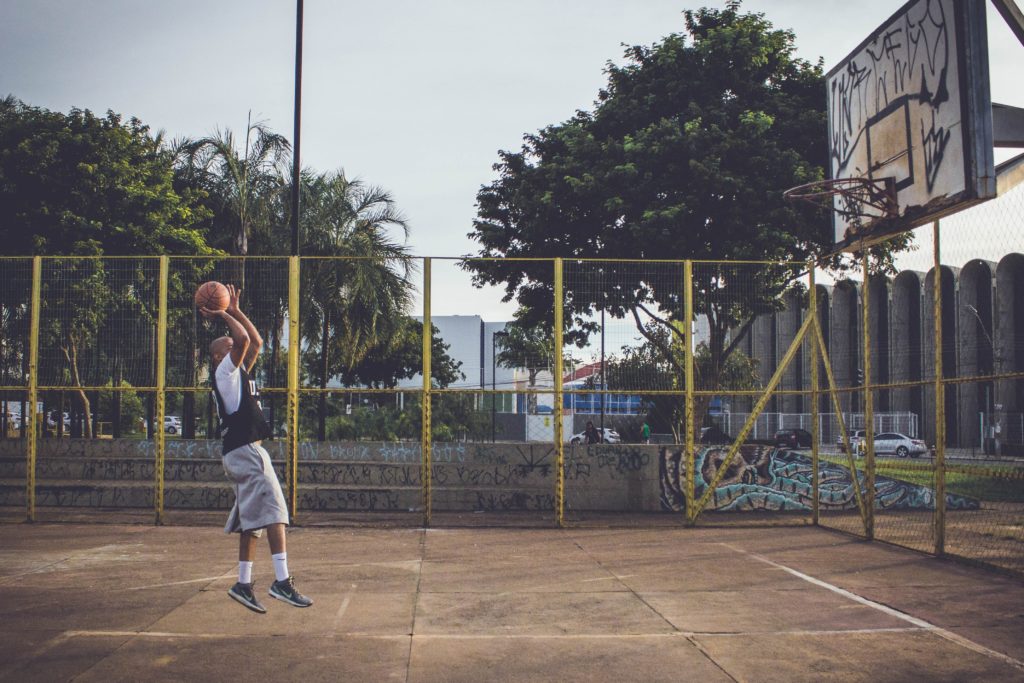
Many athletes, especially in the basketball scene, know the importance of training. Drills don’t only increase players’ skills in the sport, but these exercises also help prevent potential injuries.
For example, basketball players train to land their feet softly after jumping. Slamming their feet on the ground might look crowd-pleasingly cool, but it’s not going to do the legs any good.
Although not a foot injury, one example of a severe injury that happened from failing a soft landing is an event that transpired in March 2013. The player in question is Kevin Ware, who, at that time, tried to block a three-point shot. Ware awkwardly landed, resulting in a compound fracture to his right leg. Furthermore, his shin bone protruded several inches.
Exercising proper basketball-playing form every time is critical to prevent these injuries from happening. So, basketball players considering skipping practice to enjoy a day off may consider looking back at March 2013 game.
Avoidance of Overtraining
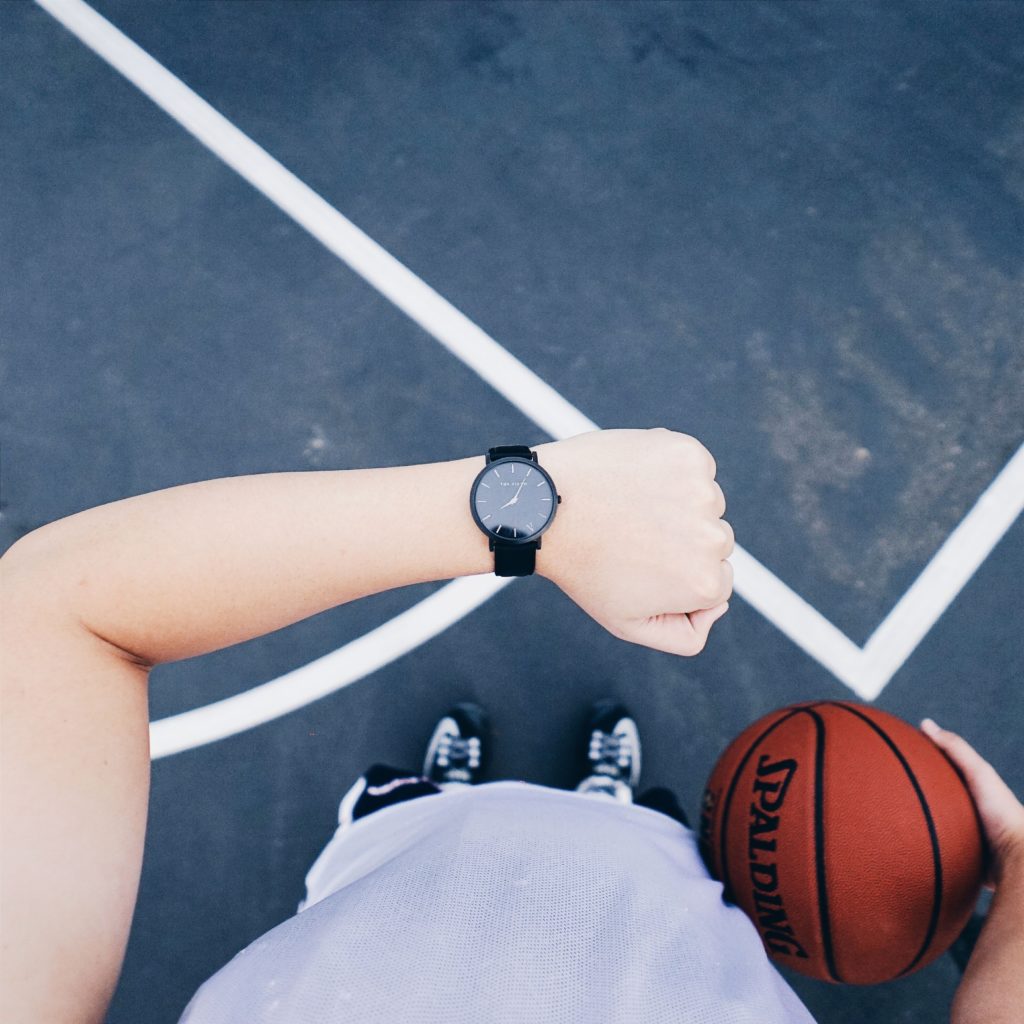
It can be quite tempting to continue training and avoid rest, thinking that continuous exercise can lead to a quick improvement in skill. However, the human body isn’t impervious to the risks involved in hardcore training. Hence, overtraining might increase the likelihood of injuries, especially in the feet.
Thus, athletes should let their ego take a step back. Progress might be slower, but it reduces the risks of potential harm to the body.
Why do Basketball Players’ Feet Look Bad?
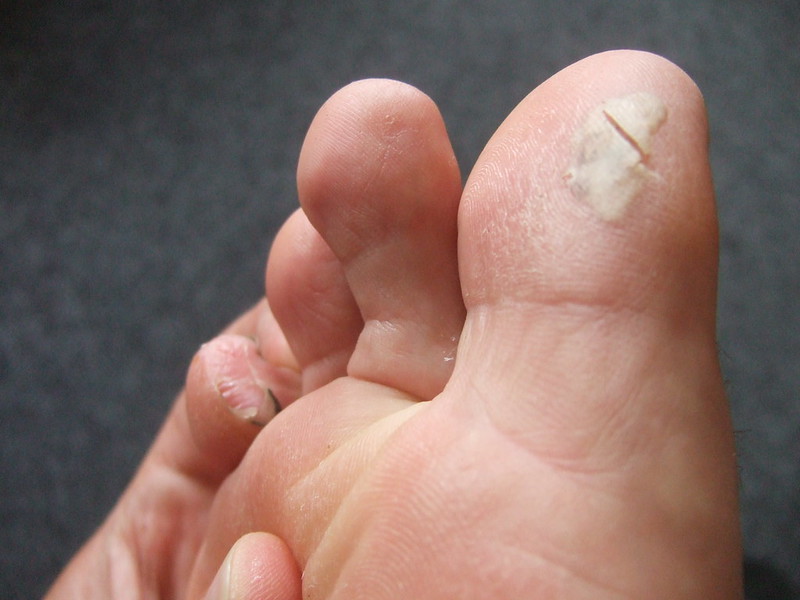
Injuries can make a basketball player’s feet look bad. But, redness, swelling, and pain aren’t the only reasons for a basketball athlete’s feet to shy away from being picture-perfect. So, if someone asks, “why basketball players have bad feet,” one of the answers is blisters.
Blisters are swollen skin containing watery fluid. These “bumps” generally appear as white yet thick skin patches and are sensitive to touch. If left unprotected, blisters can tear open, exposing raw and sensitive skin underneath. Opened blisters may lead to pain and increase the risks of infections.
Many, if not most basketball players tend to have blisters on their feet because of the sport’s distinct demands. The constant jumping, running, and quick-cutting movements lead to constant abrasive actions to the feet, causing blisters.
Still, basketball players can prevent blisters from surfacing by using protective apparel like basketball shoes, leggings, and socks. These items may help prevent unnecessary friction to the feet, reducing the risks of blisters, even when it’s match point, and the opposing team is still trying to turn the tides.
What Foot Injuries Ended NBA Players’ Careers?

Don’t underestimate the severity of some foot injuries. Some NBA players decided to end their careers abruptly because of these damages.
One player to note is 7′ 6” basketball legend Yao Ming. This Houston Rockets superstar suffered different injuries during his professional basketball career. Some of the damages wrought by his body included fractures to foot bones. Further, some of these injuries even developed a bacterial infection called osteomyelitis, an infection that exposes the bone to germs.
In 2011, the China-born basketball celebrity ended his career because of a navicular stress fracture. This injury affected the player’s foot, particularly at the top portion of the foot’s arch. If Yao continued his passion for playing with his teammates in professional NBA games while disregarding this foot injury, he would have been in more serious trouble.
Still, Yao’s professional basketball career isn’t a reminder of his fragility. Instead, it’s a notice that he, like other great names in the NBA, had a great run. After all, only a handful of other NBA players can provide their teams with 25 points during the 2005-2006 season, according to a statistics report from NBA.com. Also, his height wasn’t only for show since he can mercilessly block shots from opposing players, leading to spirited comebacks.
Like other NBA legends, Yao Ming deserves to continue his career for more years. However, he is still human, which means he may have decided to consider his health first above his professional athletic career.
Final Thoughts – Common Basketball Foot Injuries
Upon reaching the end of this post, you should now have a better idea of the common foot injuries that may occur in basketball players. You also learned about some methods to prevent basketball foot injuries from happening.
In summary, basketball players may experience some foot injuries like plantar fasciitis, Jones fractures, or ankle sprains. However, athletes may prevent these incidents by wearing protective gear, avoiding overtraining, and doing proper warmups before each game.
Failure to seek medical care after experiencing a basketball foot injury may result in aggravating the concern. In turn, the harm done to the foot may potentially lead to heightened concerns that may even cause career-ending instances like the events that transpired in Yao Ming’s professional NBA life.
If you have any inquiries about basketball foot injuries or thoughts you want to share about this topic, feel free to share them in the comments section below.


